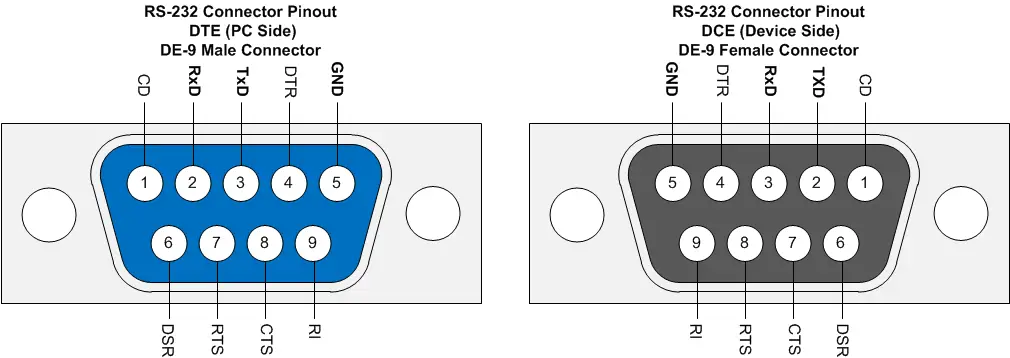



To avoid unpredictable behavior, configure or reconfigure the USCI_A module only when UCSWRST is set. Clearing UCSWRST releases the USCI for operation. When set, the UCSWRST bit resets the UCRXIE, UCTXIE, UCRXIFG, UCRXERR, UCBRK, UCPE, UCOE, UCFE, UCSTOE, and UCBTOE bits, and sets the UCTXIFG bit. After a PUC, the UCSWRST bit is automatically set, keeping the USCI in a reset condition. The USCI is reset by a PUC or by setting the UCSWRST bit. The transmit and receive functions use the same baud-rate frequency. Timing for each character is based on the selected baud rate of the USCI. In UART mode, the USCI transmits and receives characters at a bit rate asynchronous to another device. USCI_Ax Block Diagram – UART Mode (UCSYNC = 0) Independent interrupt capability for receive and transmitįigure 1-1 shows the USCI_Ax when configured for UART mode.įigure 1-1. Status flags for error detection and suppression Programmable baud rate with modulation for fractional baud-rate support Receiver start-edge detection for auto wake up from LPMx modes (wake up from LPMx.5 is not supported) LSB-first or MSB-first data transmit and receiveīuilt-in idle-line and address-bit communication protocols for multiprocessor systems Separate transmit and receive buffer registers Independent transmit and receive shift registers UART mode is selected when the UCSYNC bit is cleared.ħ- or 8-bit data with odd, even, or non-parity In asynchronous mode, the USCI_Ax modules connect the device to an external system via two external pins, UCAxRXD and UCAxTXD. See the device-specific data sheet to determine which USCI modules, if any, are implemented on which devices.Īutomatic baud-rate detection for LIN communications For example, if one device has two USCI_A modules, they are named USCI_A0 and USCI_A1. If more than one identical USCI module is implemented on one device, those modules are named with incrementing numbers. For example, USCI_A is different from USCI_B, etc. Each different USCI module is named with a different letter. Different USCI modules support different modes. The USCI modules support multiple serial communication modes. This chapter discusses the operation of the asynchronous UART mode.ġ.1 Universal Serial Communication Interface (USCI) Overview The universal serial communication interface (USCI) supports multiple serial communication modes with one hardware module. Universal Serial Communication Interface – UART Mode 1.3.4.1 Transmitting a Break/Synch Field.

Auto Baud-Rate Detection – Break/Synch Sequence 1.3.3.2 Address-Bit Multiprocessor Format.1.3.3 Asynchronous Communication Format.


 0 kommentar(er)
0 kommentar(er)
